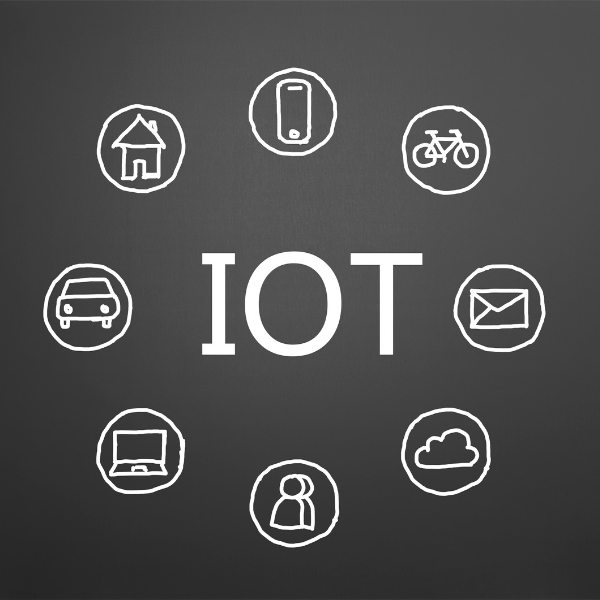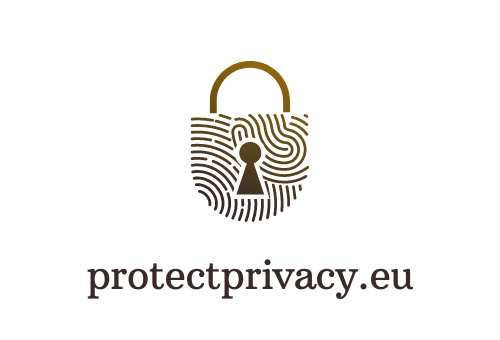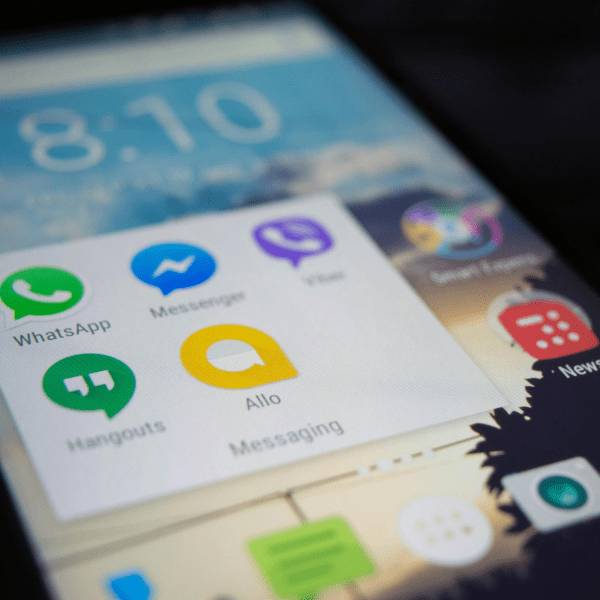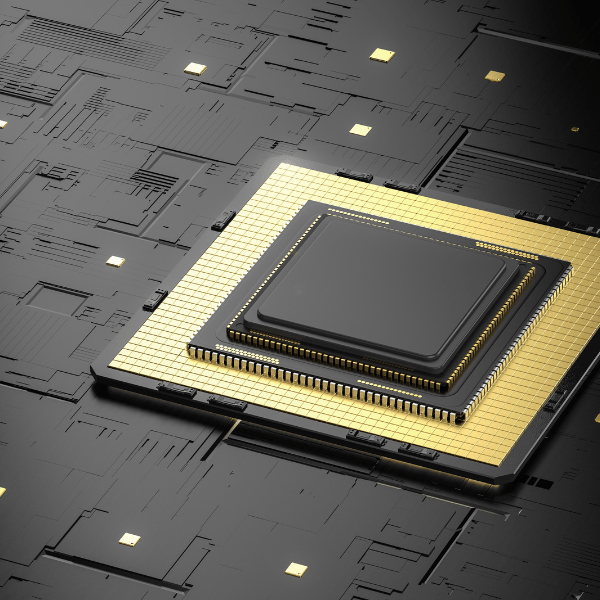Privacy in a Connected World: The Risks and Rewards of IoT Devices

The Internet of Things (IoT) has revolutionized the way we interact with the world around us. From smart homes to connected cars, IoT devices are becoming increasingly prevalent in our daily lives. However, as these devices become more integrated into our routines, concerns about personal privacy and data security have also risen. This article aims to explore the implications of IoT on personal privacy and data security, analyzing both the risks and rewards associated with these connected devices.
The IoT Landscape
IoT refers to the network of physical objects embedded with sensors, software, and other technologies that connect and exchange data with other devices and systems over the internet. These devices range from ordinary household items like refrigerators and thermostats to sophisticated industrial tools. With the number of connected devices projected to reach 75.44 billion worldwide by 2025, the IoT landscape is expanding at an unprecedented rate.
The Rewards of IoT Devices
IoT devices offer numerous benefits, including improved efficiency, convenience, and quality of life. Smart homes equipped with IoT devices can automate tasks such as adjusting lighting and temperature based on personal preferences, potentially saving energy and reducing costs. Wearable fitness trackers monitor health metrics in real-time, allowing users to better understand their health and make informed decisions. On a larger scale, IoT can enhance predictive maintenance in industries, improve traffic management in cities, and even aid in environmental conservation.
The Risks to Personal Privacy and Data Security
Despite the benefits, the proliferation of IoT devices also presents significant risks to personal privacy and data security. These devices collect vast amounts of data, often of a personal nature. This data, if not properly secured, can be vulnerable to breaches, leading to unauthorized access and misuse. Furthermore, many IoT devices are designed with convenience in mind rather than security, making them easy targets for cybercriminals.
Moreover, the lack of standardization in IoT devices means that security protocols can vary widely from one device to another, making it difficult for users to ensure their devices are secure. Additionally, many users may not be fully aware of the extent of data their devices are collecting and how it’s being used, leading to potential privacy concerns.
Conclusion
The IoT presents a paradox of progress: while these devices offer unprecedented convenience and efficiency, they also pose significant risks to personal privacy and data security. As we continue to embrace the IoT, it’s crucial to balance these risks and rewards. This involves not only improving the security features of IoT devices but also educating users about the potential risks and how to mitigate them. As we navigate this connected world, privacy and security must be at the forefront of the IoT conversation.








